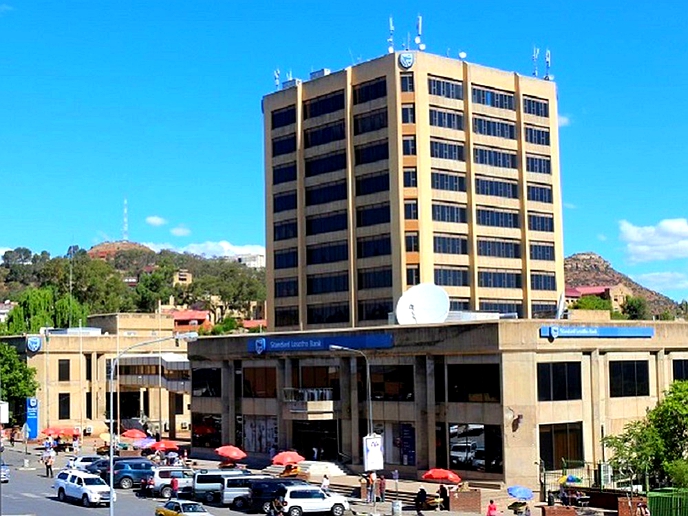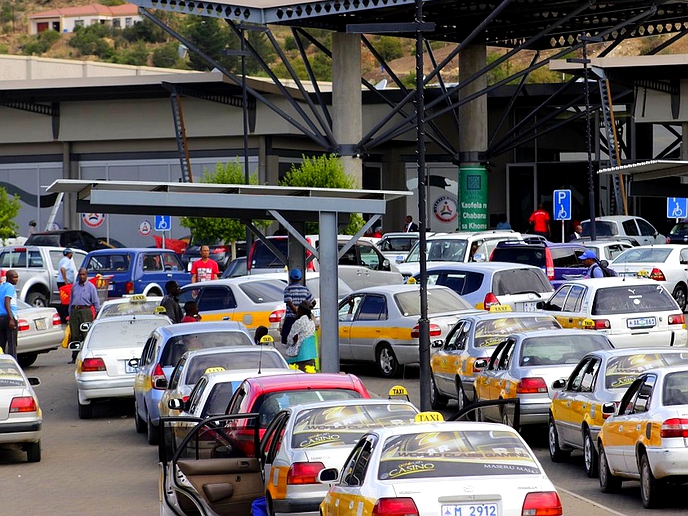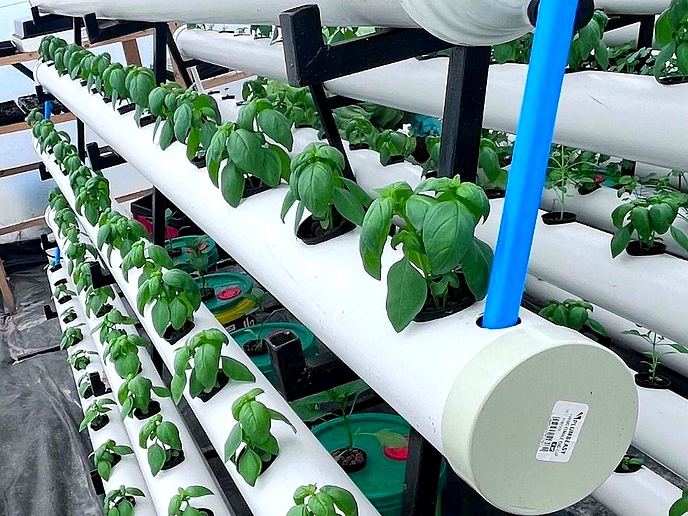THE Central Bank of Lesotho (CBL) has shown a mixed reaction to the domestic economic conditions, which saw a steep 3.9 percent decline while manufacturing employment on the other hand rose by 4.7 percent.
business
Nov. 30, 2022
NEO SENOKO
2 min read
CBL mixed reaction towards domestic economy

CBL Governor, Dr Maluke Letete
Story highlights
The CBL’s Statement of the Monetary Policy Committee revealed on Tuesday that elevated inflationary pressures and supply-side bottlenecks continue to weigh down on overall economic activity.
The 4.7 percent increase in the manufacturing sector comes at the back of a 2.3 percent decline in the preceding quarter, while the government maintained a steady growth of 1.3 percent between the second and the third quarter.
Manufacturing in particular was supported by resilient exports destined for South Africa.
“Domestic inflation remains elevated owing to the Russia and Ukraine war, which continues to exert pressure on food and energy prices. Inflationary pressures eased to 8.5 percent in October from 9.2 percent in September. This was attributable to a mild contraction in energy and food inflation,” CBL Governor, Dr Maluke Letete said announcing the MPC statement on Tuesday.
Although the inflation rate has been declining in recent months, it is expected to remain high and average around 7.0 percent in the medium term.
The committee further decided to increase the CBL rate from 6.25 percent to 7.00 percent per annum while also revising downwards the current NIR target floor of US$730 million to US$650 million.
“At this level, the NIR target will be sufficient to maintain a one-to-one exchange rate peg between Loti and the South African Rand,” Letete added.
Total credit to the private sector rose by 4.2 percent in September following a 2.0 percent growth in the preceding quarter, reflecting an increase in credit extended to both households and business enterprises.
The current account balance improved in the third quarter. It registered a deficit equivalent to 0.2 percent of GDP compared to a deficit equivalent to 10.8 percent in the quarter ending in June this year.
This improvement was largely driven by a contraction of the goods and services account deficit, as exports increased at a much faster pace than imports.
Enjoy our daily newsletter from today
Access exclusive newsletters, along with previews of new media releases.
Government budgetary operations resulted in a deficit equivalent to 6.9 percent of GDP in the third quarter compared to 0.2 percent in the previous quarter as government spending outpaced revenue.
In the same period, the stock of public debt rose to 58.2 percent of GDP from 54.3 percent in the previous quarter.
Furthermore, money supply rose by 5.5 percent in the third quarter following a 1.9 percent decline in the second quarter of this year.
The rise in money supply resulted from the increased holding of government securities by commercial banks, coupled with an increase in private sector credit.
Tailored for you






